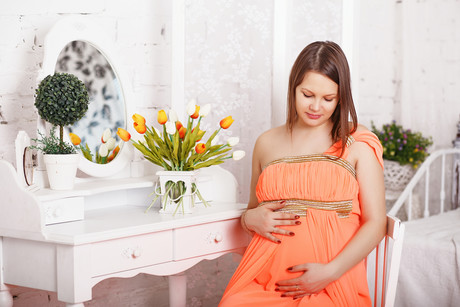Starting IVF younger significantly increases pregnancy success rates

Women who commence begin assisted reproductive technology (ART) before age 30 have a much higher chance of falling pregnant than older women.
Australian and New Zealand women who begin ART ovarian stimulation treatment before the age of 30 have a 43.7% chance of a live birth after one cycle of treatment, with success rates increasing to between 69.2% and 92.8% by the seventh cycle, according to research published in the Medical Journal of Australia.
The authors found that “the highest rates were for the first complete cycle undertaken by women who commenced treatment before the age of 35 (43.7% for women under 30; 43.4% for women aged 30–34 years). The lowest live birth rates for the first complete cycle were for women aged 40–44 (10.7%) and 45 or more (1.4%).”
Almost 70,000 ART cycles are performed each year in Australia and New Zealand. Success rates per individual embryo transfer cycle attempt are generally reported, rather than from the overall perspective of a course of ART treatment. The research, led by Associate Professor Georgina Chambers, director of the National Perinatal Epidemiology and Statistics Unit at the University of New South Wales, is the first to report cumulative live birth rates (CLBRs) based on Australian and New Zealand data for complete ovarian stimulation cycles.
“The cycle-specific live birth rate [the percentage of live births resulting from a specific cycle] decreased with increasing maternal age and with increasing cycle number,” Associate Professor Chambers and her colleagues wrote.
The researchers followed 56,652 women who began ART treatment in Australia and New Zealand during 2009–2012, and followed them until 2014 or the first treatment-dependent live birth.
CLBRs and cycle-specific live birth rates were calculated for up to eight complete cycles of treatment, stratified by the age of the women. The conservative CLBR assumed that women who discontinued treatment would have had no chance of a live birth had they continued treatment, while the optimal CLBR assumed that they would have had the same chance as women who continued treatment. The range between the two estimates provides a reasonable appraisal of the probability of at least one live birth from repeated ART cycles.
“CLBRs based on complete ART cycles are meaningful estimates of the success of ART treatment, reflecting contemporary clinical practice and encouraging safe embryo transfer practices,” the authors concluded.
“These estimates can be used when counselling prospective parents about the likelihood of treatment success, as well as for educating the public and informing policy on ART treatments.”
The Medical Journal of Australia is a publication of the Australian Medical Association.
AdPha welcomes "win for all Australians" PBS news
Advanced Pharmacy Australia has welcomed the announcement that over 400,000 Australians each week...
NSW sees ramping reductions across some of its busiest EDs
Some of NSW's busiest emergency departments have seen significant reductions in hospital...
RACGP calls for obesity-management medication PBS subsidy
Following its new position statement on obesity prevention and management, the RACGP is calling...









